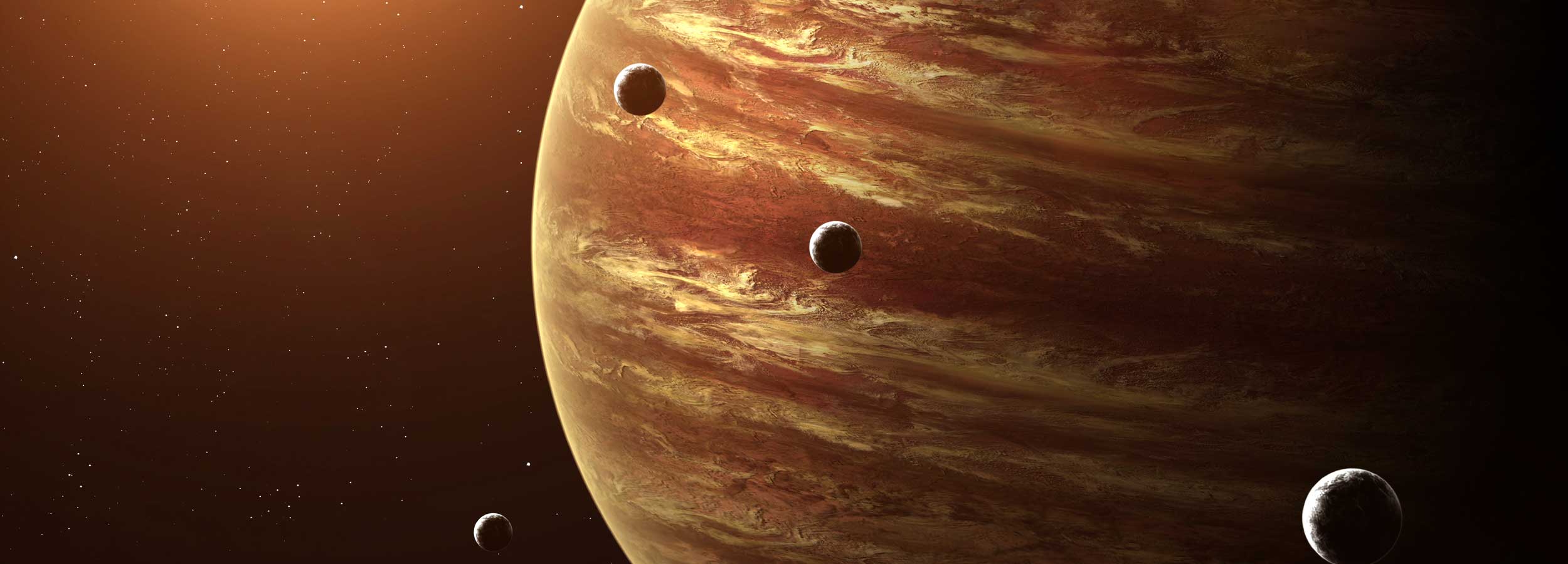
OBSERVING JUPITER
Observing Tips - Jupiter
Jupiter is another great object to check out through your backyard telescope. Some observers contend that Jupiter is at least as awe-inspiring to view as Saturn.Jupiter gives amateur observers a tremendous amount of opportunity to have fun. Observers have been learning a lot from Jupiter ever since Galileo first looked at Jupiter and determined that those “four dots” were Jupiter’s largest moons.

Many people claim that refractor telescopes offer the best contrast for viewing telescopes. Technically speaking, this may be correct. However, at the end of the day, the reality is this—they best telescope to use is the one that you’ve got! Sure, larger scopes will give better images, but the point here is to have fun and learn.
Also, note that even though Jupiter is very bright and also reasonably large, it often doesn’t appear crisp in many telescopes. You may find that the image will be somewhat blurry or soft. Just get it as sharp as you possibly can.
The bottom line is this—Jupiter is fun to look at in any telescope. Even a 60mm refractor that you bought at a department store. Plus, you never get the same image when you look at Jupiter because it’s moons orbit fairly quickly, and Jupiter itself rotates very quickly.


Night after night you will notice that the four largest moons move rapidly. This is usually quite exciting to take note of in your own journal. Additionally, you can sketch the famous Great Red Spot. You can even turn your sketching exercises into a simple homeschool lesson.
ADDRESS:
4th Day Alliance
1908 E Osceola Pkwy #222
Kissimmee, FL 34743
(689) 888-7944
4th Day Alliance
1908 E Osceola Pkwy #222
Kissimmee, FL 34743
(689) 888-7944

